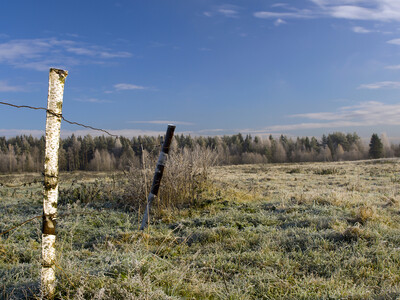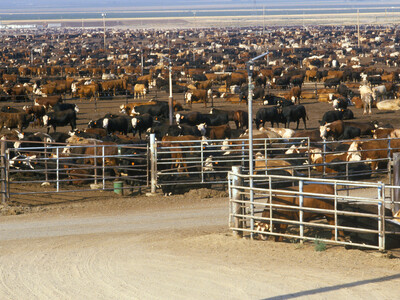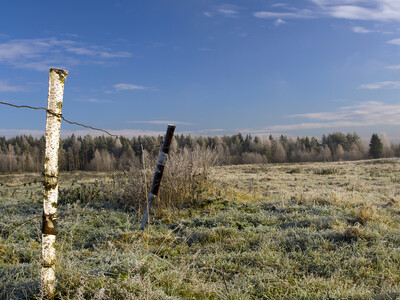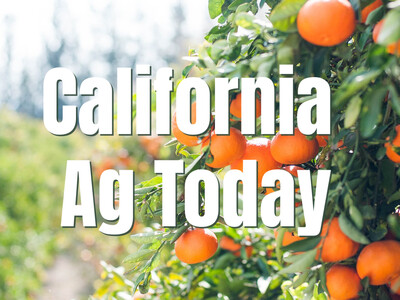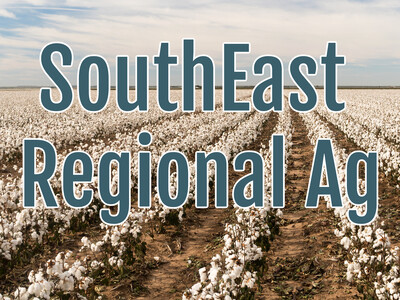Bison Update part 2
Bison Update Part 2. I’m Greg Martin with today’s Line On Agriculture.
Dave Carter, Executive Director of the National Bison Association says his industry has recently seen a bit of a boom in fact so much so he is worried there won’t be enough product to fill the marketplace.
CARTER: It’s always a real tight supply and demand situation for us particularly because these animals haven’t been bred through the years to be the meat wagon; we don’t use the growth hormones or the antibiotics and it takes a little longer to raise a bison so we’ve got to plan out there ahead. We can’t just turn the switch on and off and start that supply situation.
Bison meat is very rich in iron and protein while very low in fat and calories. Oh, and it tastes great. One of the big debates going on today that affects the beef industry is the National Animal Identification System and Carter says they are involved.
CARTER: We’ve been involved in the discussions on animal i.d. and not because we are either for or against it but we are very concerned that if something comes down the pipe we don’t want our folks being stuck having to comply with a system that was designed for how cattle are raised and handled and marketed.
Carter says that there are some additional concerns with a national system.
CARTER: It’s our feeling that anything that comes about in terms of assuring the traceability of the food in our food system is in the public interest and we’re very concerned that when we see some of the stuff coming about with animal i.d. not only creates more of a regulatory burden on producers but there’s a potential economic burden
Those burdens need to be addressed and spread out evenly according to Carter. He also reminds that the bison industry is a very small part of the whole ag picture.
CARTER: Some of the biggest problems and some of the biggest abuses have come out of these huge processing plants. Not only in the meat sector but peanuts and pistachios and what not and we’re very concerned that if they come in with some regulatory approaches designed to clean up how some of these things are handled in these big plants it could cause a real problem for some of the smaller processors out there. The mom and pop processors out there that are processing 100 head a day or 1t50 head a day, that could be very problematic for them.
That’s today’s Line On Agriculture. I’m Greg Martin on the Northwest Ag Information Network.




